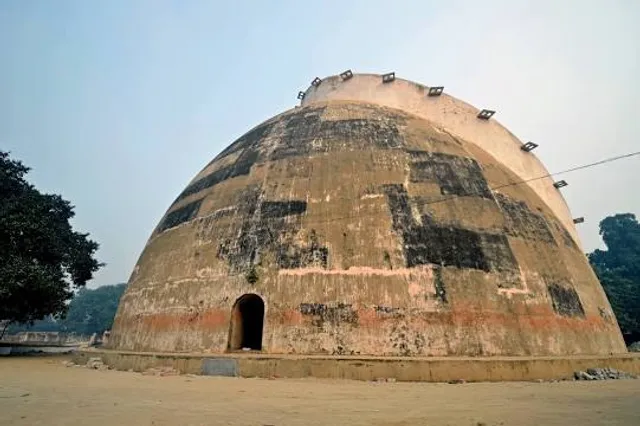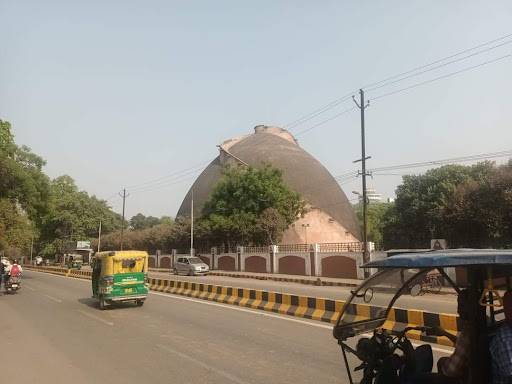Golghar things to do, attractions, restaurants, events info and trip planning
Basic Info
Golghar
Opp.-Govt. Girls High school, Ashok Rajpath Rd, Patna, Bihar 800001, India
4.2(8.6K)
Closed
Save
spot
spot
Ratings & Description
Info
The Golghar or Gol Ghar, is a large granary located to the west of the Gandhi Maidan in Patna, capital of Bihar state, India.
Cultural
Outdoor
Family friendly
attractions: Gandhi Sangrahalaya, Mahatma Gandhi Statue, Shrikrishna Science Centre, Gandhi Maidan, Bihar Museum of Wax, restaurants: Harilal's, Dosa Plaza, Afraa, Pizza Hut | Ambuja Mall, Patna, Bollywood Treats, Raj Rasoi, Burger King, Spice Court, WOW China, Casa Picolla
 Learn more insights from Wanderboat AI.
Learn more insights from Wanderboat AI.Open hoursSee all hours
MonClosedClosed
Plan your stay

Pet-friendly Hotels in Bihar
Find a cozy hotel nearby and make it a full experience.

Affordable Hotels in Bihar
Find a cozy hotel nearby and make it a full experience.

The Coolest Hotels You Haven't Heard Of (Yet)
Find a cozy hotel nearby and make it a full experience.

Trending Stays Worth the Hype in Bihar
Find a cozy hotel nearby and make it a full experience.
Reviews
Nearby attractions of Golghar
Gandhi Sangrahalaya
Mahatma Gandhi Statue
Shrikrishna Science Centre
Gandhi Maidan
Bihar Museum of Wax
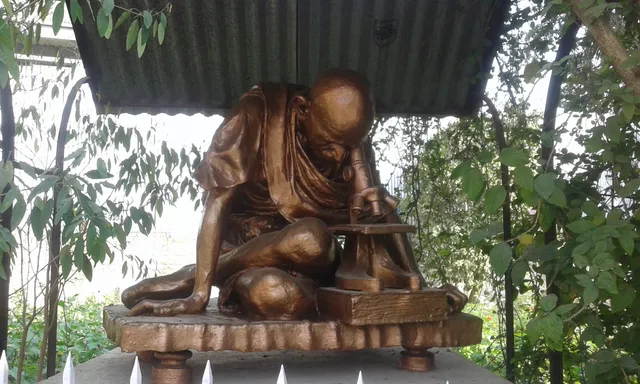
Gandhi Sangrahalaya
4.4
(573)
Open 24 hours
Click for details
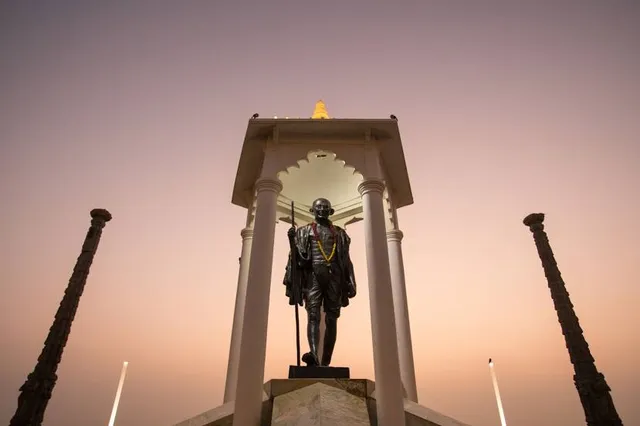
Mahatma Gandhi Statue
4.3
(825)
Open 24 hours
Click for details

Shrikrishna Science Centre
4.3
(3.7K)
Open 24 hours
Click for details

Gandhi Maidan
4.3
(30.4K)
Open 24 hours
Click for details
Nearby restaurants of Golghar
Harilal's
Dosa Plaza
Afraa
Pizza Hut | Ambuja Mall, Patna
Bollywood Treats
Raj Rasoi
Burger King
Spice Court
WOW China
Casa Picolla

Harilal's
4.2
(1.1K)
Click for details

Dosa Plaza
3.3
(911)
Click for details
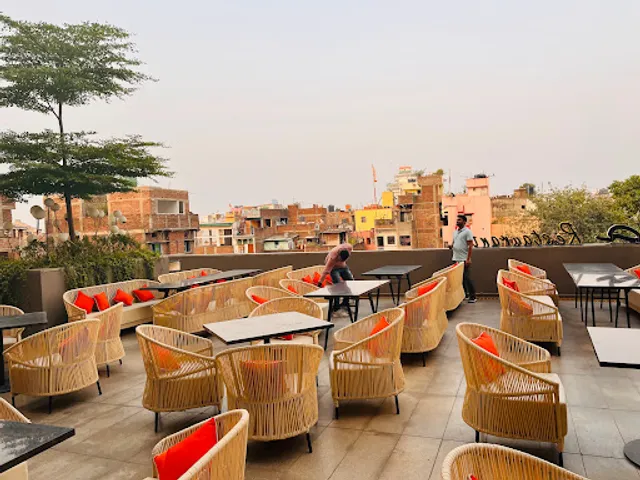
Afraa
4.2
(637)
Click for details

Pizza Hut | Ambuja Mall, Patna
4.2
(483)
$
Click for details
